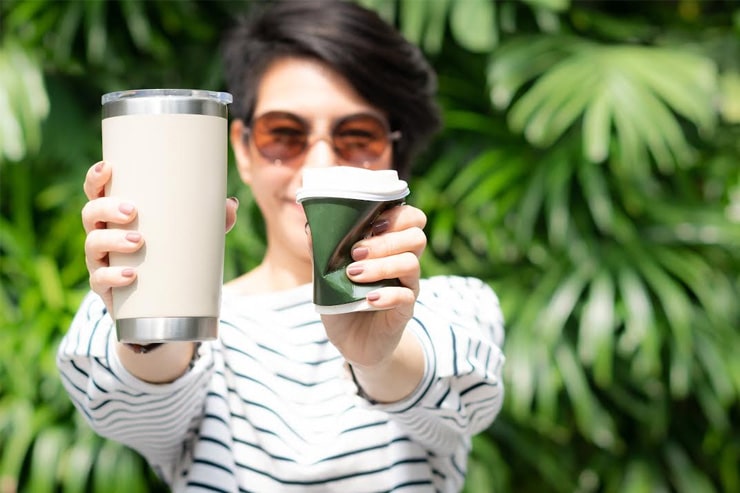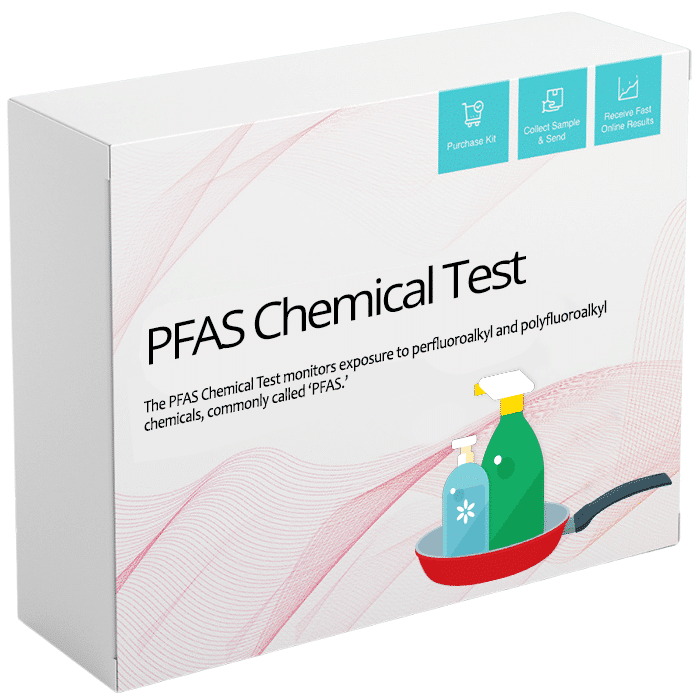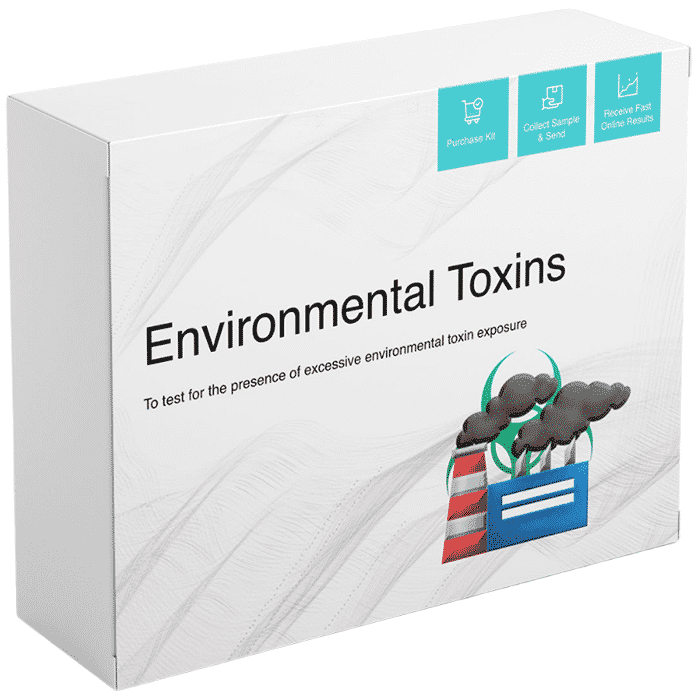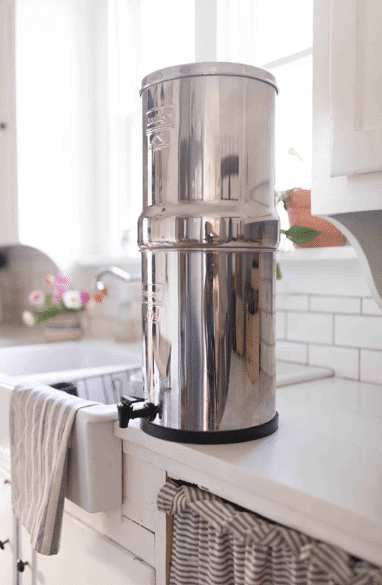
It’s impossible to avoid exposure to toxins entirely, but making small, mindful adjustments in your daily habits can significantly reduce your toxin load and have a profound impact on your health.
To overcome your symptoms for good and sustain long-term wellness, you must positively change your internal environment — the “terrain” of your body.
From the morning ritual of grabbing a coffee to how you store your leftovers, the choices you make can either contribute to or diminish your exposure to harmful substances. Here are three simple yet effective steps you can take to minimize your exposure to toxins and make a positive impact on your health and the environment.
1. Rethink Your Morning Coffee Routine
For many of us, the day doesn’t start until we’ve had our first cup of coffee. However, if you’re accustomed to sipping your morning brew through a paper cup and plastic lid, you may be unknowingly exposing yourself to phthalates.
Honestly think for a second – how’s it possible that you’re drinking a hot beverage out of a paper cup? Why doesn’t the liquid soak through? That’s because the inside of the cup is coated with a water resistant lining of phthalates.
These chemicals are used to make plastics more flexible and durable, and paper water resistant, but they can leach into foods and beverages and have been linked to a variety of health issues, including hormonal imbalances, reproductive problems, diabetes, hypothyroidism, nonalcoholic liver disease, and dysregulated cholesterol levels.
PFAS risk increases if you live near a PFAS hotspot, and/ or, if you consume fresh water fish regularly. To find out if you live near a PFAS hotspot, the Environmental Working Group has created an interactive map: Interactive Map: PFAS Contamination Crisis: New Data Show 4,621 Sites in 50 States (ewg.org)
If you have one of these conditions, if you live near a hot spot, or, you are curious about your levels then take the PFAS Chemical Test. And I like to combine this with the full Environmental Toxins Panel
 |
PFAS Chemical Test The PFAS Chemical Test monitors exposure to perfluoroalkyl and polyfluoroalkyl chemicals, commonly called ‘PFAS.’ |
 |
Environmental Toxins Panel To test for the presence of excessive environmental toxin exposure |
Solution: Opt for a reusable coffee cup made of glass or stainless steel when you get your morning coffee. Not only will this reduce your exposure to phthalates, but it will also help cut down on single-use plastic waste, benefiting your health and the planet.
2. Say Goodbye to Plastic Water Bottles
Over the last couple of weeks, a flood of news articles has highlighted a recent study revealing that water from plastic bottles is contaminated with microplastics. These tiny particles are small enough to traverse the intestinal lining and the blood-brain barrier, leading to their accumulation in both the body and the brain.
Nanoplastics are nano plastic particles that come from the breakdown of larger plastic items.
They’ve been found in tap water, bottled water, and even some foods. Ingesting nanoplastics and microplastics over time can lead to a buildup in our bodies, potentially causing health issues as they can contain or attract harmful chemicals. Other chemicals, such as phthalates, polybrominated diphenyl ethers (PBDEs), and tetrabromobisphenol A (TBBPA), are typically also present in microplastics, and many of these chemical additives leach out of the plastics after entering the environment.
Solution: Switch to using water bottles made of glass or stainless steel. Not only are they free from microplastics, but they’re also reusable, helping you stay hydrated without contributing to plastic pollution.
For added safety, consider purchasing a Berkey Water Filter or Reverse Osmosis System. I personally have a Berkey and love it. When I go to restaurants, I bring my own water bottle.

3. Be Mindful of Takeout Containers
Takeout food has become a staple in the fast-paced lives of many, but the containers it often comes in can be a source of per- and polyfluoroalkyl substances (PFAS). These chemicals are used to make containers resistant to water and grease but are linked to various health risks, including cancer and immune system effects. PFAS can leach into food, especially when heated, contributing to our overall chemical exposure.
Materials contaminated with PFAS are food wrappers (paper wrapping a burger), paper straws, Chinese food containers, coffee and tea paper cups and really anything that appears to be paper that water and grease don’t readily soak through.
Solution: Transfer takeout food to glass containers as soon as you get it home. Storing and reheating food in glass not only reduces your exposure to PFAS but also minimizes the risk of other chemicals leaching into your food. As an added bonus, glass containers are reusable and more environmentally friendly than their disposable counterparts.
Small Steps Lead to Big Changes
While it’s challenging to eliminate toxin exposure completely, making these small changes in daily habits can lead to significant health benefits over time. By choosing safer alternatives for these commonly used items, you can reduce your chemical exposure and contribute to a healthier environment. It’s a clear win-win for both your body.
Enjoying this content? Sign up for updates... It's FREE!


